Submitted:
28 January 2024
Posted:
29 January 2024
You are already at the latest version
Abstract
Keywords:
1. Introduction
2. RF Fingerprint Specifications
- Uniqueness. It ensures distinctiveness by preventing any two devices from sharing identical RFF, thus facilitating individual device identification.
- Universality. It guarantees unique RFF features for each device, providing complete coverage of all devices on a given network.
- Persistence. It requires the RFF to remain constant over time, unaffected by environmental fluctuations, ensuring stability and reliability in device identification.
- Collectability. It requires that the RFF be quantitatively measurable, allowing for accurate data analysis and device identification using rigorous measurement techniques.
- Robustness. It preserves the integrity of the RFF against environmental changes and device-related factors, ensuring consistent and reliable authentication regardless of varying conditions.
3. Bluetooth Signals for the Device Discrimination
3.1. Noise Model
3.2. Signal Filtering
3.3. State Detection
3.4. RF Fingerprints for Bluetooth Devices
4. Discrimination of Bluetooth devices
4.1. Case Study
4.2. Bluetooth Signal Matching
4.3. Statistical RFF for Case Study
4.4. Device Identification by Using Statistical RFF and JSD
5. Discussions and Comparisons
5.1. Discussion
5.2. Device Identification by Uzundurukan’s Method
6. Conclusions
Funding
Acknowledgments
Conflicts of Interest
References
- Al-Fuqaha, A.; Guizani, M.; Mohammadi, M.; Aledhari, M.; Ayyash, M. Internet of Things: A survey on enabling technologies, protocols, and applications. IEEE Commun. Surv. Math-Semicolon Tutor. 2015, 17, 2347–2376. [Google Scholar] [CrossRef]
- Gomathi, R.M.; Krishna, G.H.S.; Brumancia, E.; Dhas, Y.M. A survey on IoT technologies, evolution and architecture 2018. [CrossRef]
- Schiller, E.; Aidoo, A.; Fuhrer, J.; Stahl, J.; Ziörjen, M.; Stiller, B. Landscape of IoT security. Computer Science Review 2022, 44, 100467. [Google Scholar] [CrossRef]
- Bisdikian, C. An overview of the Bluetooth wireless technology. IEEE Communications Magazine 2001, 39, 86–94. [Google Scholar] [CrossRef]
- Pau, G.; Arena, F.; Gebremariam, Y.E.; You, I. Bluetooth 5.1: An analysis of direction finding capability for high-precision location services. Sensors 2021, 21, 3589. [Google Scholar] [CrossRef] [PubMed]
- Callebaut, G.; Leenders, G.; Mulders, J.V.; Ottoy, G.; Strycker, L.D.; der Perre, L.V. The art of designing remote IoT devices—technologies and strategies for a long battery life. Sensors 2021, 21, 913. [Google Scholar] [CrossRef] [PubMed]
- Zamora, G.O.; Bergin, S.; Kennedy, I.O. Using support vector machines for passive steady state RF fingerprinting 2009. pp. 183–188. [CrossRef]
- Zhang, Z.; Guo, X.; Lin, Y. Trust Management Method of D2D Communication Based on RF Fingerprint Identification. IEEE Access 2018, 6, 66082–66087. [Google Scholar] [CrossRef]
- Uzundurukan, E.; Ali, A.M.; Dalveren, Y.; Kara, A. Performance analysis of modular RF front end for RF fingerprinting of Bluetooth devices. Wireless Personal Communications 2020, 112, 2519–2531. [Google Scholar] [CrossRef]
- Reus-Muns, G.; Jaisinghani, D.; Sankhe, K.; Chowdhury, K.R. Trust in 5G open RANs through machine learning: RF fingerprinting on the Powder Pawr platform 2020. [CrossRef]
- Aghnaiya, A.; Dalveren, Y.; Kara, A. On the performance of variational mode decomposition-based radio frequency fingerprinting of Bluetooth devices. Sensors 2020, 20, 1704. [Google Scholar] [CrossRef] [PubMed]
- Reising, D.; Cancelleri, J.; Loveless, T.D.; Kandah, F.; Skjellum, A. Radio identity verification-based IoT security using RF-DNA fingerprints and SVM. IEEE Internet of Things Journal 2021, 8, 8356–8371. [Google Scholar] [CrossRef]
- Shi, J.; Lu, S.; Zhang, J.; Zhou, P.; Yang, F.; Gao, Y.; Wu, H.; Feng, W. A radio frequency fingerprint identification method for wireless devices based on ShuffleNet-SVM 2022. [CrossRef]
- Ji, W.; Zhao, K.; Zheng, Z.; Yu, C.; Huang, S. Multivariable fingerprints with random forest variable selection for indoor positioning system. IEEE Sensors Journal 2022, 22, 5398–5406. [Google Scholar] [CrossRef]
- Yu, J.; Hu, A.; Li, G.; Peng, L. A robust RF fingerprinting approach using multisampling convolutional neural network. IEEE Internet of Things Journal 2019, 6, 6786–6799. [Google Scholar] [CrossRef]
- Ali, A.M.; Uzundurukan, E.; Kara, A. Assessment of features and classifiers for Bluetooth RF fingerprinting. IEEE Access 2019, 7, 50524–50535. [Google Scholar] [CrossRef]
- Uzundurukan, E.; Dalveren, Y.; Kara, A. A database for the radio frequency fingerprinting of Bluetooth devices. Data 2020, 5, 55. [Google Scholar] [CrossRef]
- Jian, T.; Rendon, B.C.; Ojuba, E.; Soltani, N.; Wang, Z.; Sankhe, K.; Gritsenko, A.; Dy, J.; Chowdhury, K.; Ioannidis, S. Deep learning for RF fingerprinting: A massive experimental study. IEEE Internet of Things Magazine 2020, 3, 50–57. [Google Scholar] [CrossRef]
- Robinson, J.; Kuzdeba, S.; Stankowicz, J.; Carmack, J.M. Dilated causal convolutional model for RF fingerprinting 2020. [CrossRef]
- Wang, S.; Peng, L.; Fu, H.; Hu, A.; Zhou, X. A convolutional neural network-based RF fingerprinting identification scheme for mobile phones 2020. [CrossRef]
- Lee, W.; Baek, S.Y.; Kim, S.H. Deep-learning-aided RF fingerprinting for NFC security. IEEE Communications Magazine 2021, 59, 96–101. [Google Scholar] [CrossRef]
- Li, B.; Cetin, E. Waveform domain deep learning approach for RF fingerprinting 2021. [CrossRef]
- Qing, G.; Wang, H.; Zhang, T. Radio frequency fingerprinting identification for zigbee via lightweight CNN. Physical Communication 2021, 44, 101250. [Google Scholar] [CrossRef]
- Zeng, Y.; Gong, Y.; Liu, J.; Lin, S.; Han, Z.; Cao, R.; Huang, K.; Letaief, K.B. Multi-Channel Attentive Feature Fusion for Radio Frequency Fingerprinting. IEEE Transactions on Wireless Communications. [CrossRef]
- Batres, A.E.; Ouarab, T.; Talbi, L. Passive radio localization system using channel impulse response and deep learning 2023. [CrossRef]
- Grimaldi, S.; Mahmood, A.; Gidlund, M. Real-time interference identification via supervised learning: Embedding coexistence awareness in IoT devices. IEEE Access 2019, 7, 835–850. [Google Scholar] [CrossRef]
- Menéndez, M.L.; Pardo, J.A.; Pardo, L.; Pardo, M.C. The Jensen-Shannon divergence. Journal of the Franklin Institute 1997, 334, 307–318. [Google Scholar] [CrossRef]
- Tsai, S.C.; Tzeng, W.G.; Wu, H.L. On the Jensen–Shannon divergence and variational distance. IEEE Transactions on Information Theory 2005, 51, 3333–3336. [Google Scholar] [CrossRef]
- Soltanieh, N.; Norouzi, Y.; Yang, Y.; Karmakar, N.C. A review of radio frequency fingerprinting techniques. IEEE Journal of Radio Frequency Identification 2020, 4, 222–233. [Google Scholar] [CrossRef]

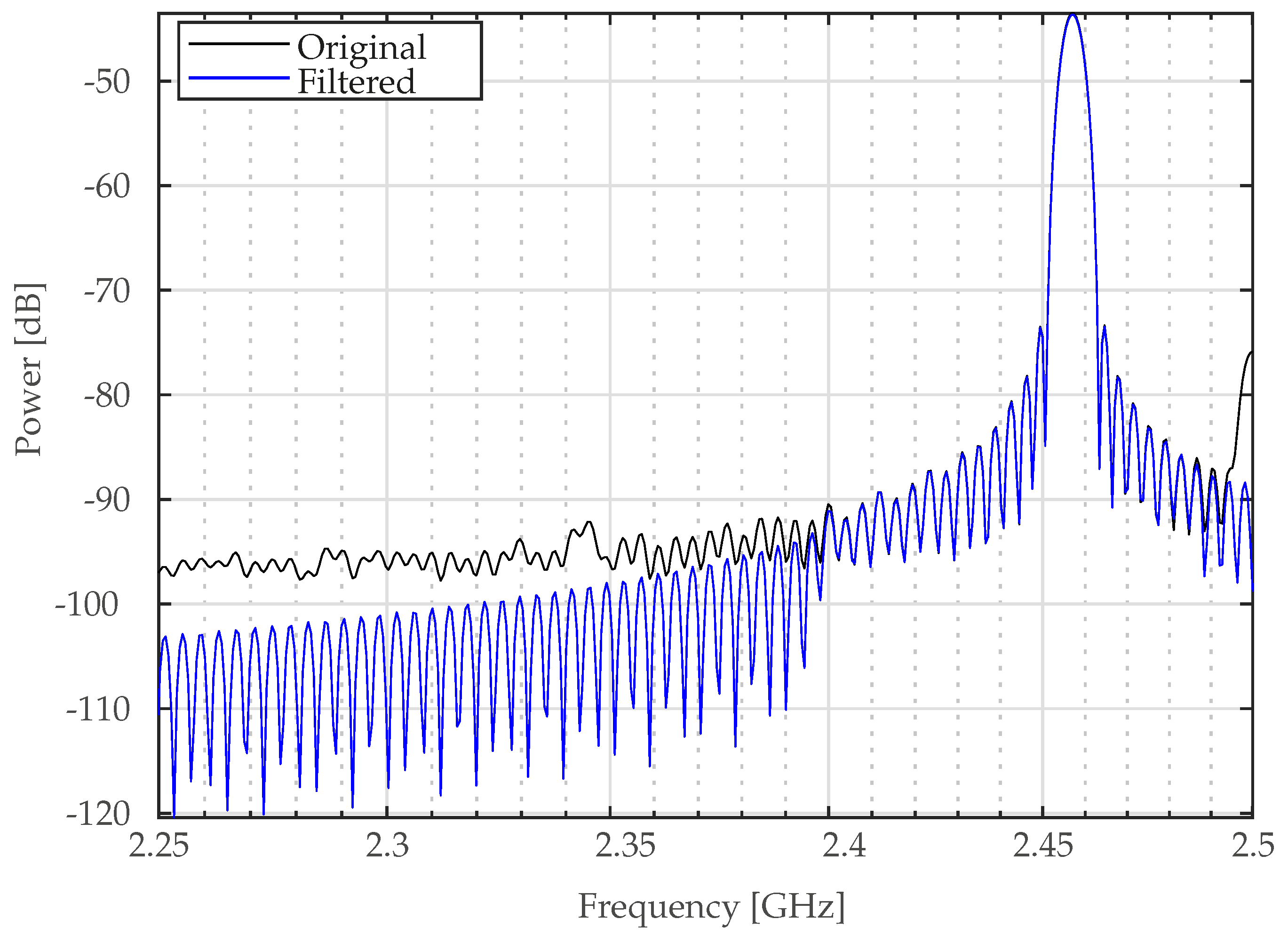
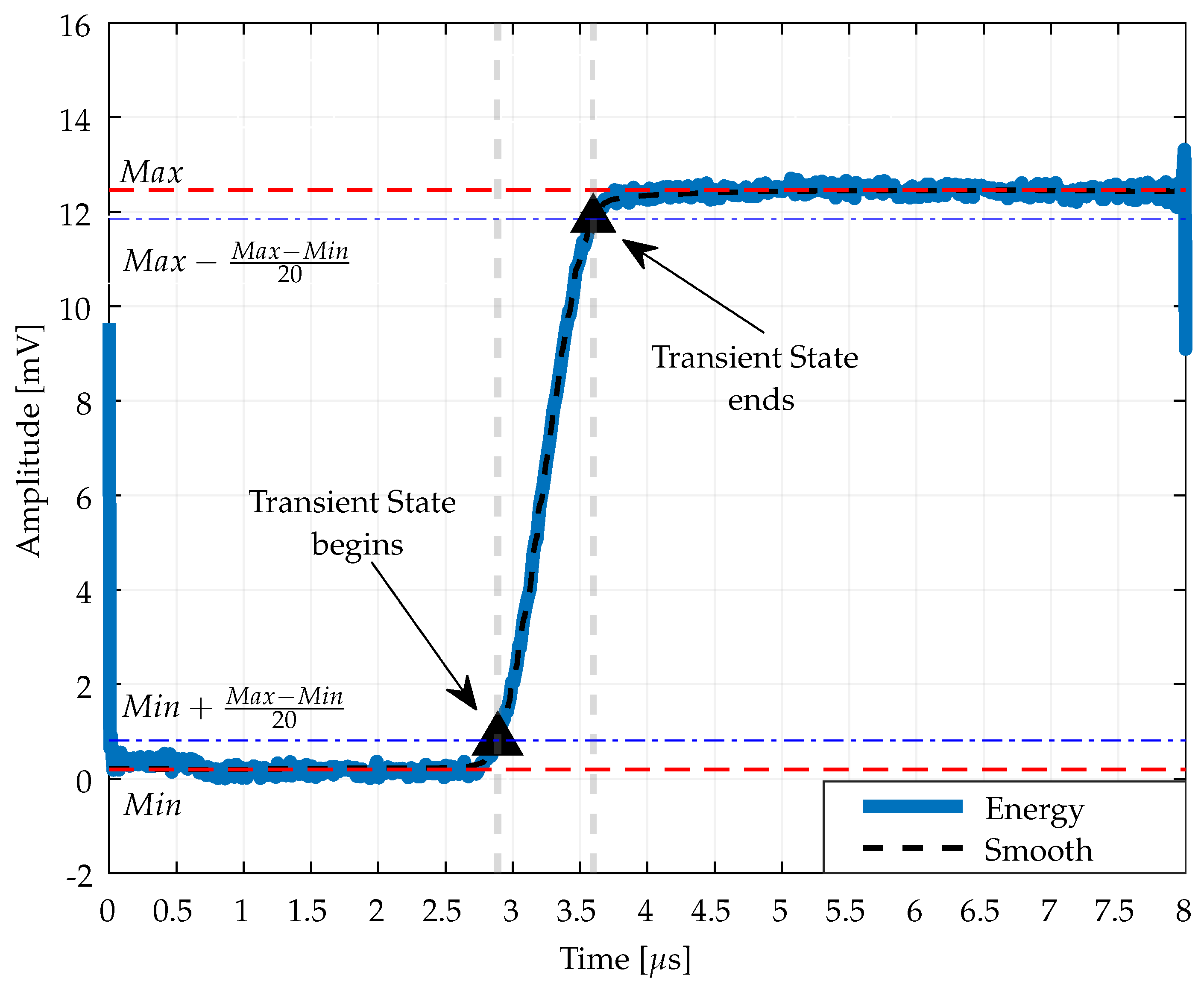
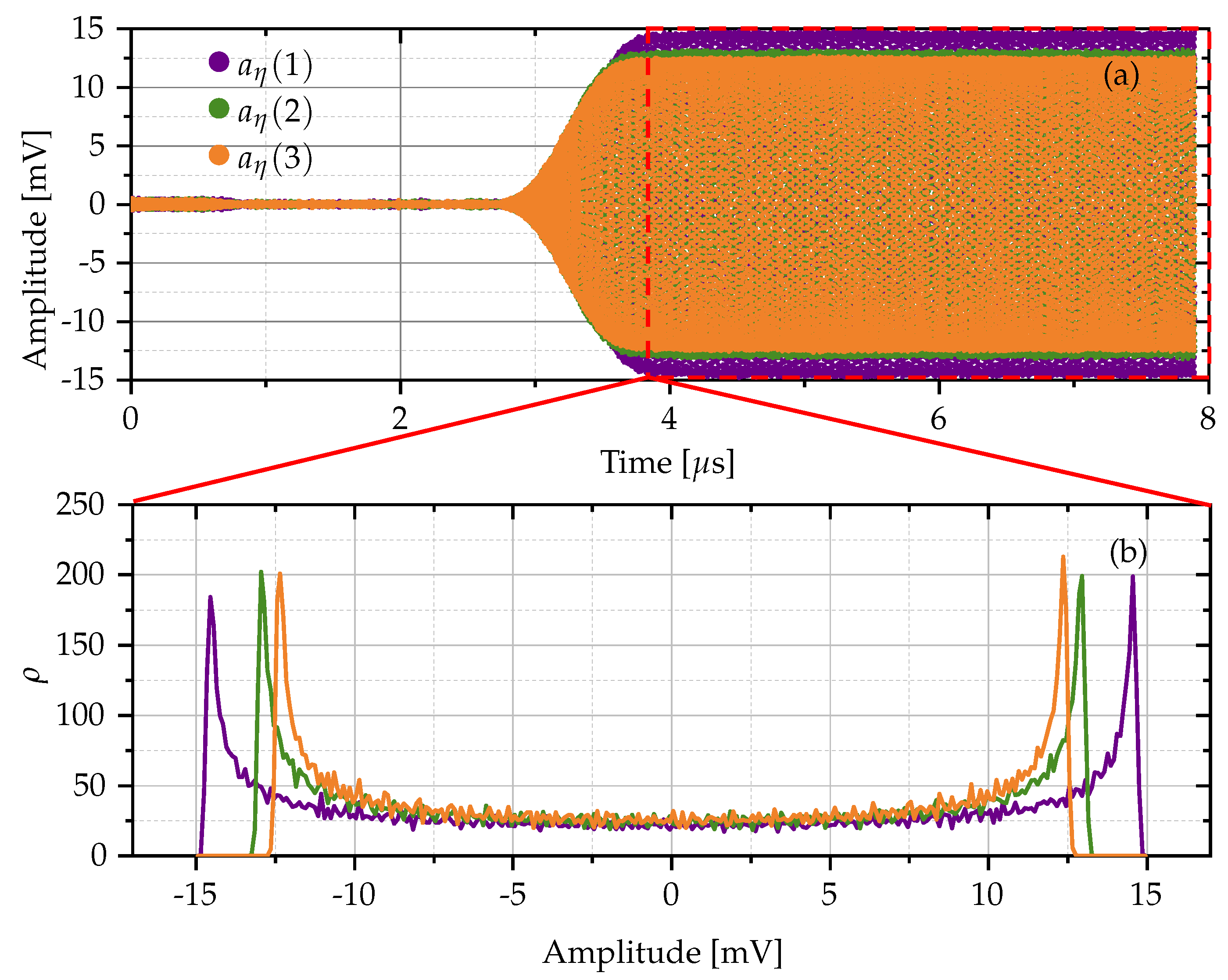
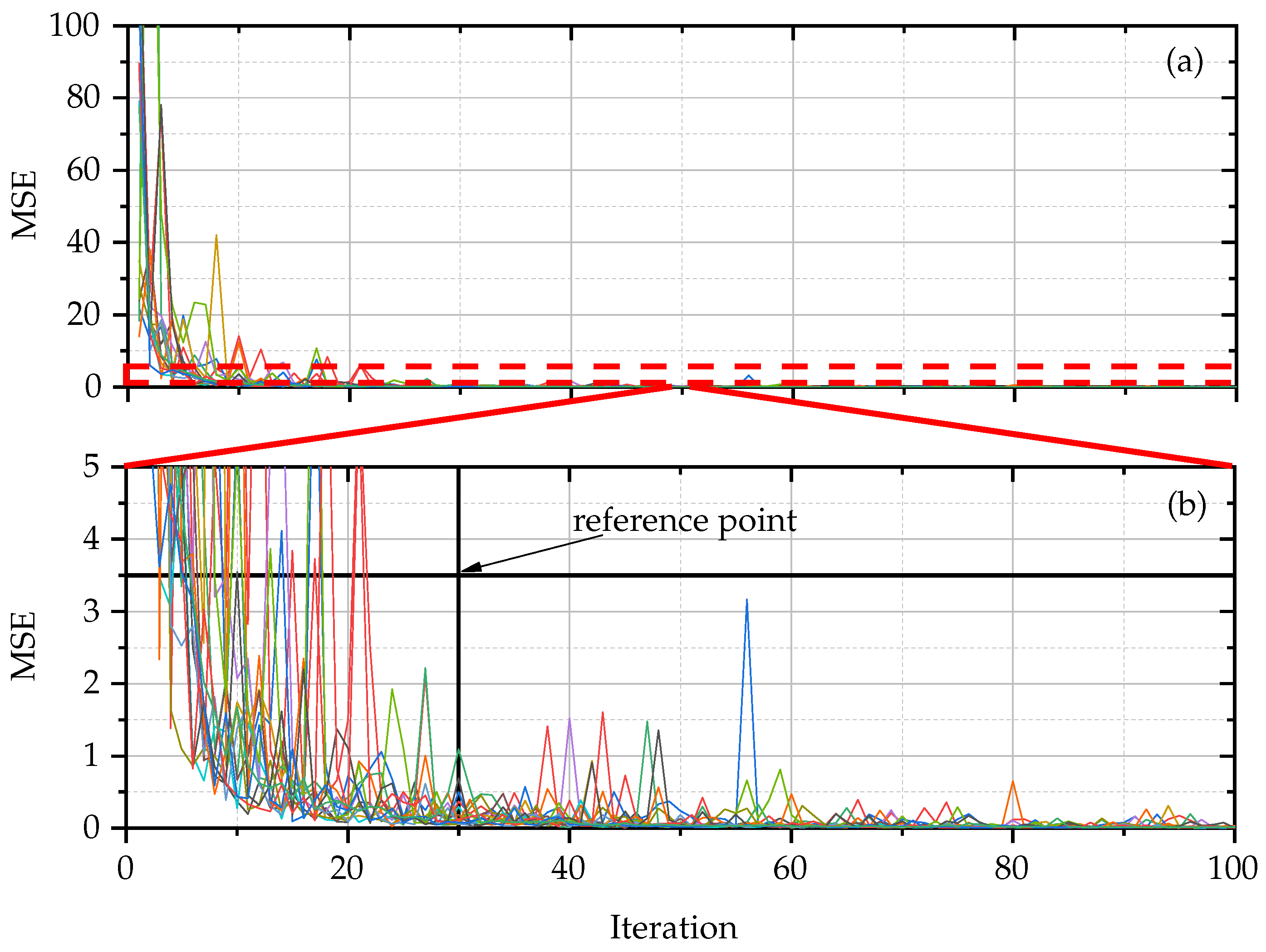
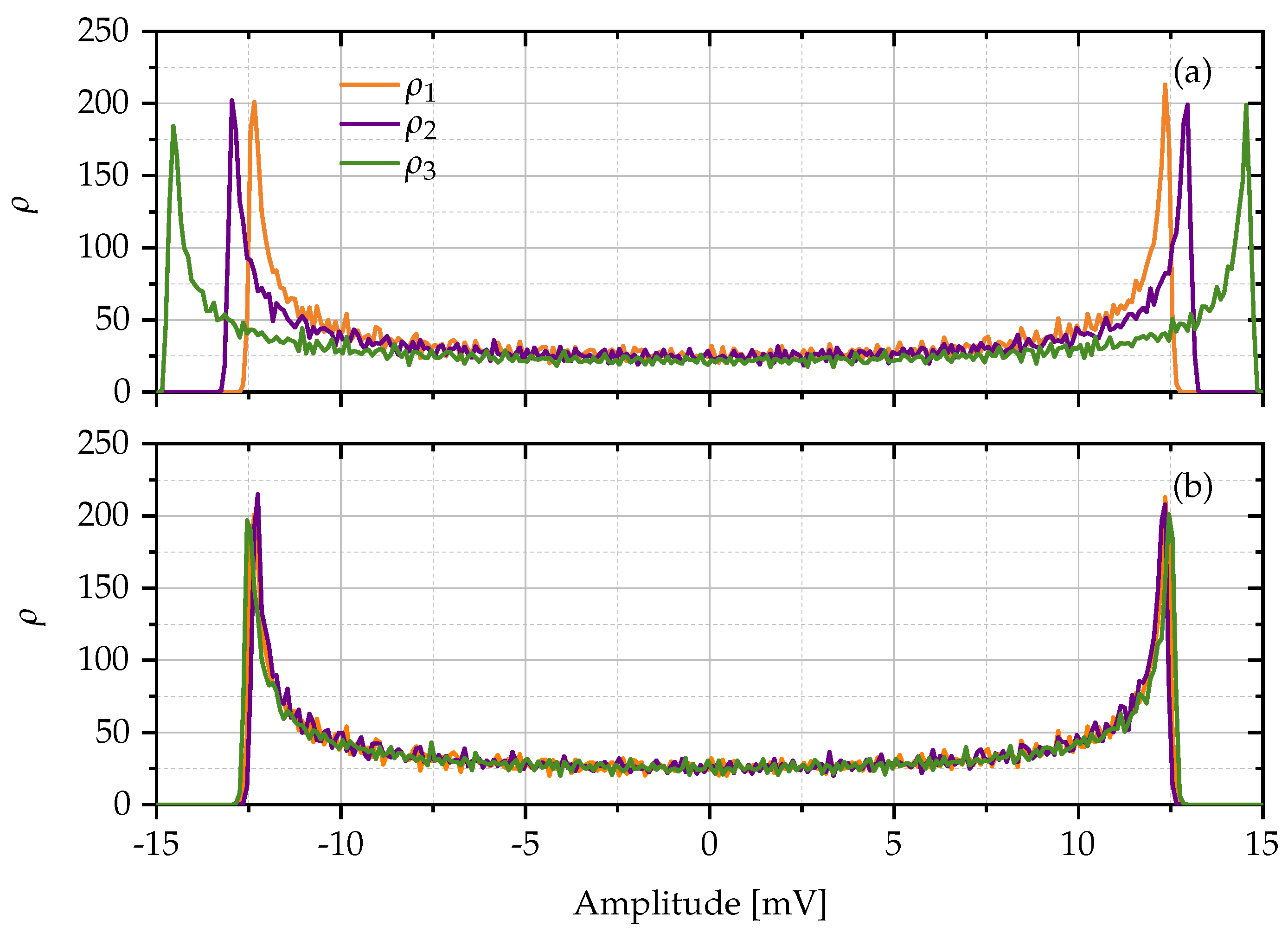
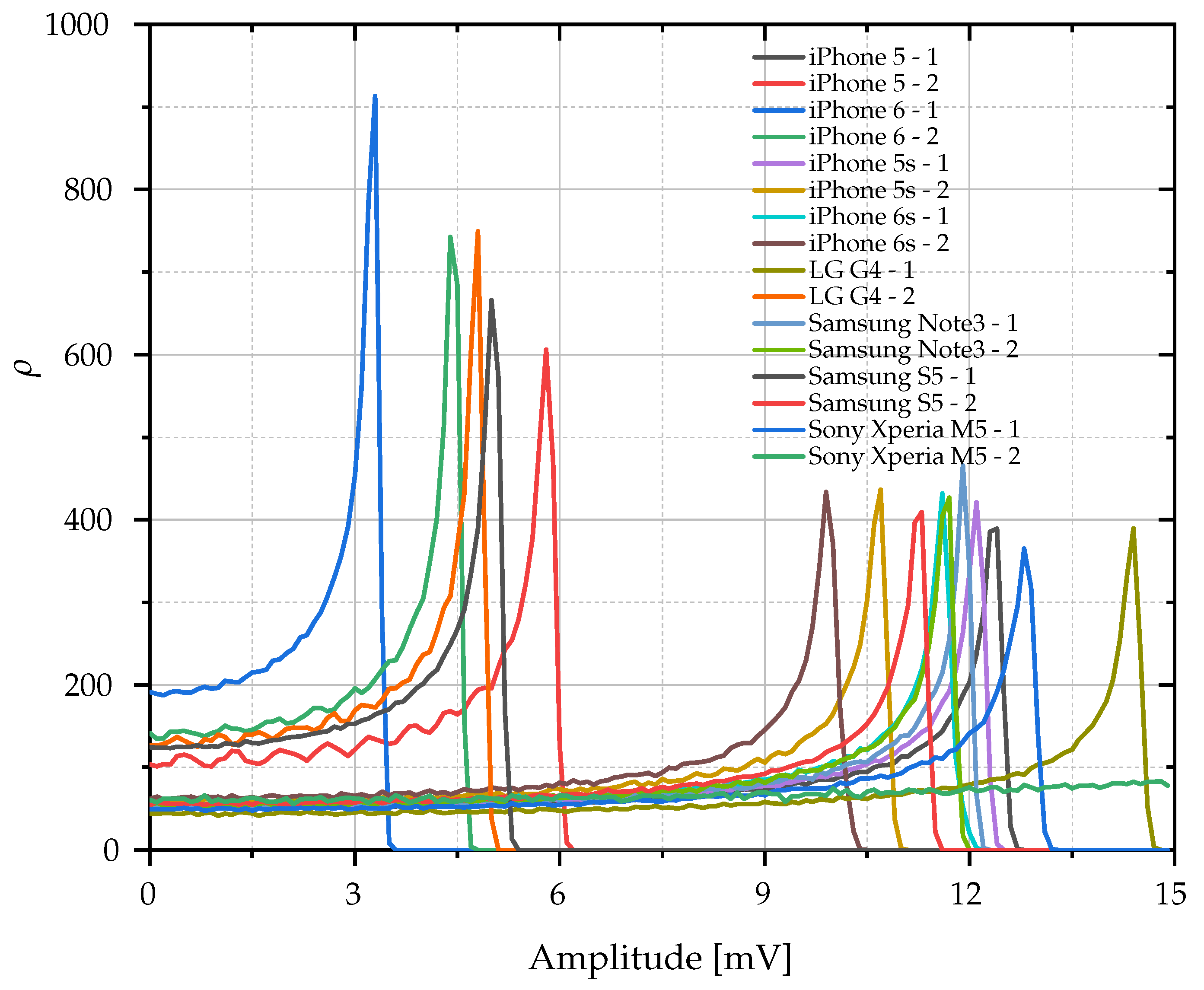
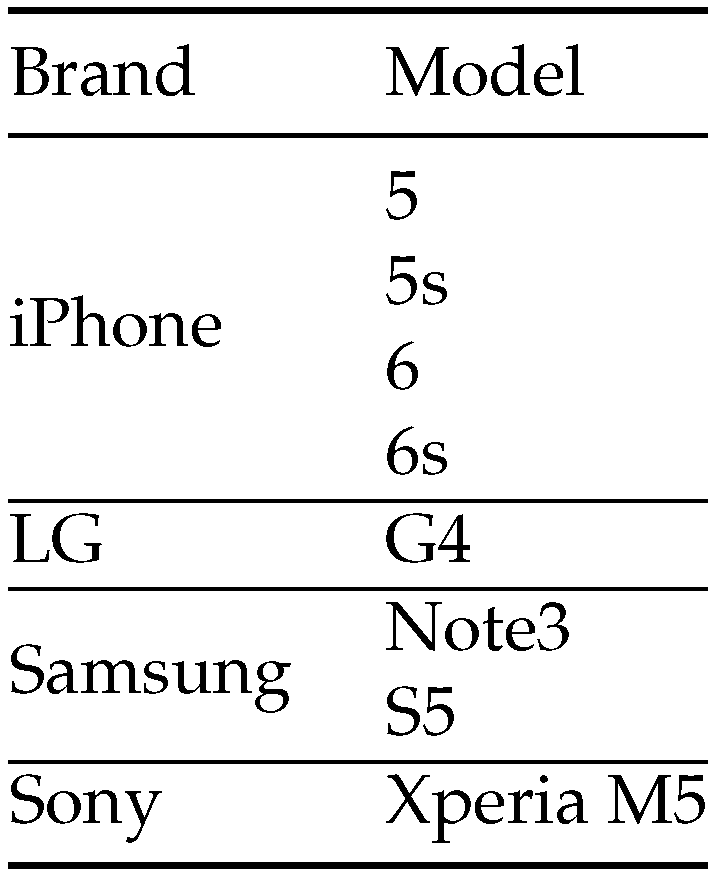

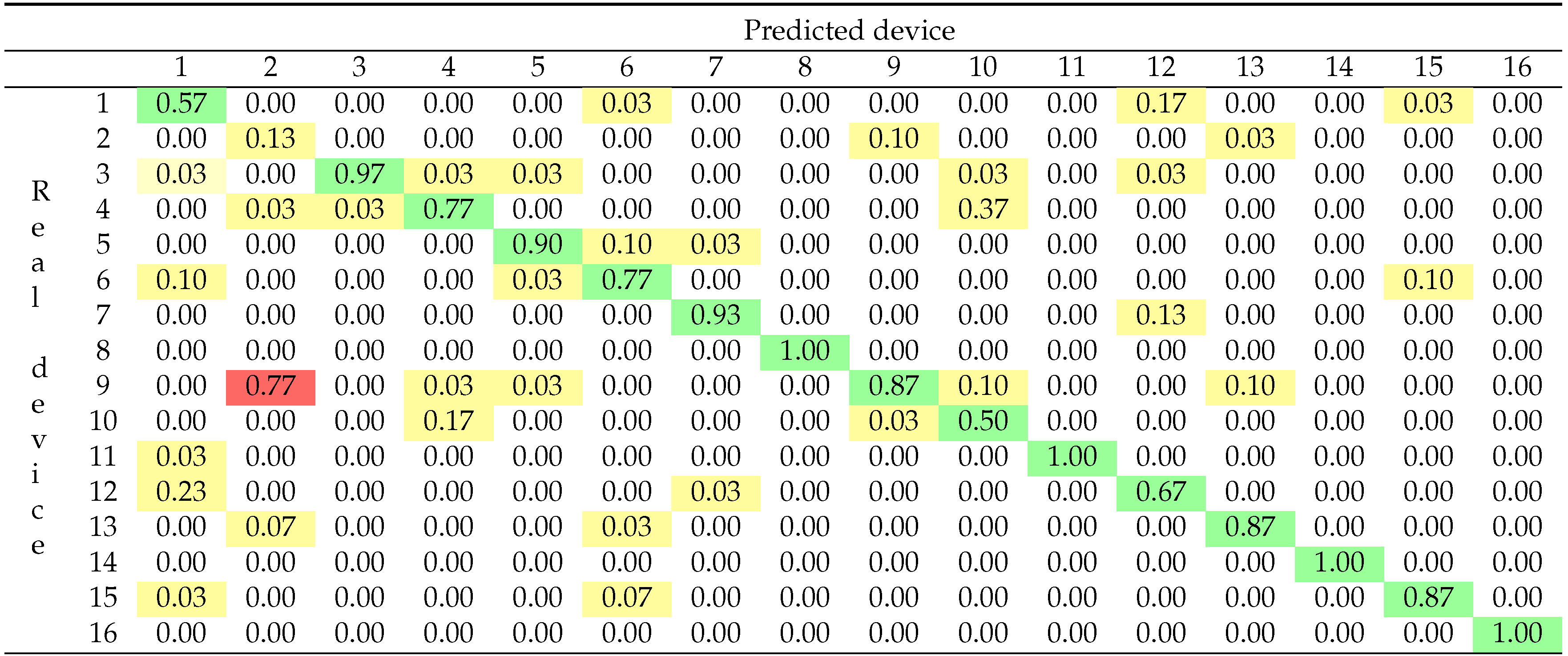
Disclaimer/Publisher’s Note: The statements, opinions and data contained in all publications are solely those of the individual author(s) and contributor(s) and not of MDPI and/or the editor(s). MDPI and/or the editor(s) disclaim responsibility for any injury to people or property resulting from any ideas, methods, instructions or products referred to in the content. |
© 2024 by the authors. Licensee MDPI, Basel, Switzerland. This article is an open access article distributed under the terms and conditions of the Creative Commons Attribution (CC BY) license (http://creativecommons.org/licenses/by/4.0/).





